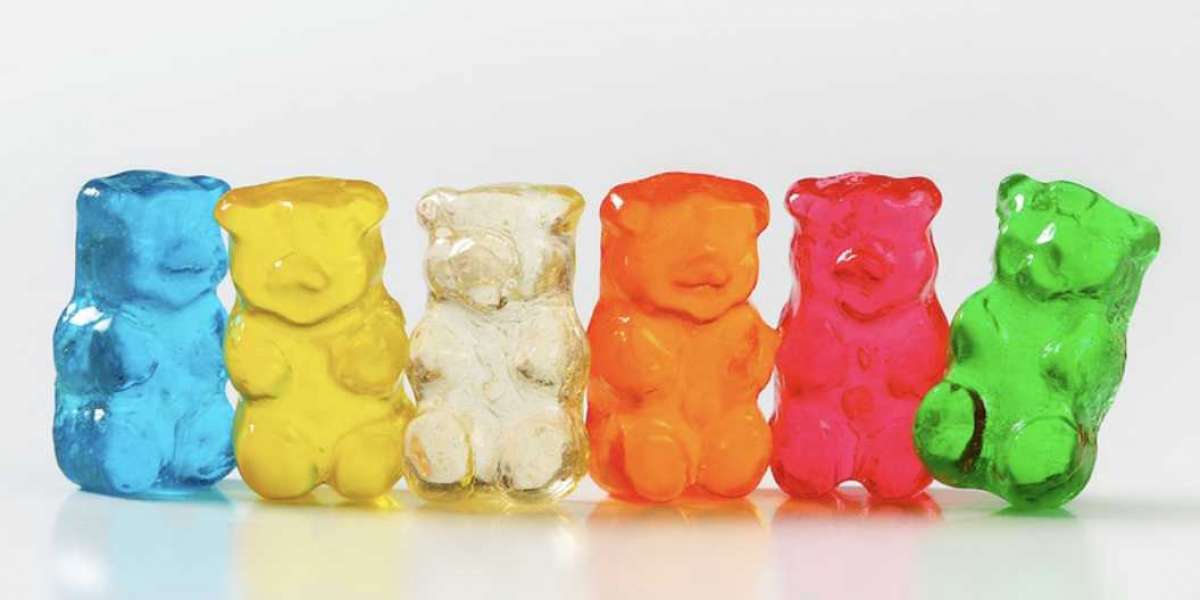Choosing the right dental furnace for your lab or practice is essential for achieving optimal results. Here's a breakdown of dental furnaces for sintering:
Lab Furnace Features:
Dental furnaces reach extremely high temperatures, typically between 1450°C and 1600°C, to sinter zirconia effectively. Sintering involves densification and crystallization of the material, making it strong and durable.
Some Lab furnaces also offer glazing functionalities at lower temperatures to achieve a smooth, aesthetically pleasing surface finish.
Key Features to Consider for selecting dental sintering furnace
Chamber Size: Choose a size that accommodates your typical workload and allows for adequate spacing of restorations.
Heating Elements: Silicon carbide elements are preferred for zirconia sintering due to their chemical compatibility and durability.
Temperature Control: Precise temperature control is crucial for consistent results. Look for furnaces with multiple programmable cycles and accurate temperature sensors.
Ramp Rates: Gradual heating and cooling rates can minimize stress on the restorations and prevent cracking.
Safety Features: Over-temperature protection and automatic shut-off features ensure safety and prevent damage.
Ease of Use: Intuitive controls and clear displays simplify operation.
Connectivity: Some furnaces offer data logging or integration with CAD/CAM systems for greater workflow efficiency.
Common Mistakes while operating the dental furnaces in Lab :
Incorrect Temperature setting : One of the most common mistakes when using a dental furnace is not setting the correct temperature. Sintering furnace mistakes often occur when the temperature is either too high or too low. The right temperature is essential for the sintering process to occur correctly. A too-high temperature can cause dental materials to melt, deform, or develop internal crack.
Inadequate Ventilation : Poor ventilation is another common issue in dental furnaces. Inadequate ventilation can lead to fume buildup, which can affect both the quality of the sintering process and potentially pose a health risk to operators
Incorrect Setting Time : The duration for which material stays inside the furnace is another crucial variable in sintering furnace operation. Keeping the material inside for too long can lead to over-sintering, while not giving it enough time can result in under-sintering.
Read here more about Crucial Role of Dental Sintering Furnaces






